
Texas Mushrooms
A Field Guide
BY SUSAN METZLER AND VAN METZLER
ORSON K. MILLER, Jr., Scientific Advisor
 University of Texas Press, Austin
University of Texas Press, Austin
NUMBER EIGHTEEN
The Corrie Herring Hooks Series
Copyright 1992 by the University of Texas Press
Preface copyright 2013 by the University of Texas Press
All rights reserved
Printed in China
Second paperback printing, 2013
Requests for permission to reproduce material from this work should be sent to:
Permissions
University of Texas Press
P.O. Box 7819
Austin, TX 78713-7819
http://utpress.utexas.edu/about/book-permissions
LIBRARY OF CONGRESS CATALOGING-IN-PUBLICATION DATA
Metzler, Susan.
Texas mushrooms : a field guide / by Susan Metzler and Van Metzler. 1st ed.
p. cm.
Includes bibliographical references and index.
ISBN 978-0-292-75126-2 (pbk.: alk. paper)
1. MushroomsTexasIdentification. 2. MushroomsTexasPictorial works.
I. Metzler, Van. II. Title.
QK617.M49 1992
589.22209764dc20 91-2239
doi:10.7560/751262
978-0-292-75482-9 (e-book)
978-0-292-78626-4 (individual e-book)
: VM
Leucocoprinus birnbaumii
Photo credits indicated by initials:
| AB | Alan Bessette |
| HG | Heinz Gaylord |
| DG | Don Gray |
| DL | David Lewis |
| JL | Joe Liggio |
| VM | Van Metzler |
| OM | Orson Miller |
| CO | Clark Ovrebo |
| DS | Donald Smith |
| CY | Cynthia Young |
Contents
Figures
Tables
Acknowledgments
This project would never have been undertaken had it not been for the members, past, present, and future, of the Texas Mycological Society. From its founding in 1977 the societys Annual Mushroom Forays have brought professional mycologists and interested amateurs together in combined pursuit of knowledge, fungi, and fun. From beginners to advanced students, from those who are interested only in learning to identify edible mushrooms to those who want to become experts, from children to grandparents, no one could ask for a better group of friends. And we thank them all for their enthusiasm and encouragement for this project.
One person deserves special creditDavid P. Lewis of Vidor, Texas, who has been studying Texas mushrooms since the early 1970s and who has always been ready when we said, Lets hunt mushrooms! Dave is probably the most knowledgeable person on Texas mushrooms, and he has generously reviewed this manuscript and made suggestions and comments that have greatly improved its content.
A special thanks also goes to all our photographer friends. This project was carried out during three years of drought, and we were simply unable to get many of the photos we needed. Without photos contributed by Alan Bessette, Joe Liggio, Don Gray, Donald Smith, Clark Ovrebo, David Lewis, Cynthia Young, and Heinz Gaylord, this project would have been much more difficult.
We are also deeply grateful to Charles Chuck Barrows, now deceased, of Santa Fe, New Mexico, who set an example of the contributions amateurs can make to mycological knowledge by collecting and identifying mushrooms for nearly fifty years; Pat Brannen, also of New Mexico, who brought new meaning to dyeing with mushrooms; Gene Heitzman, deceased, the first person who encouraged us to write this book; and all our friends and fellow members of mycological societies all over the United States and all those who have hunted mushrooms with us over the years. And a special thanks to one more person, Ruth Taber of Texas A&M University, without whom this book would never have happened.
For all of you, we have tried to write the book we wish we had had when we were beginners!
Preface
Mycologically speaking, the twenty years since this book was first published have been an exciting time. DNA analyses have radically changed the old groupings of genera, species, families, and even orders. In many cases, mushrooms we saw as closely related based on characteristics visible to the eye with hand lenses and optical microscopes are now considered distantly related based on DNA analyses. The opposite is also true. For example, as a result of molecular methods the earthballs and their allies are now considered more closely related to the gilled fungi.
The rearranging of fungi and their groupings is old news to longtime mushroom hunters. A common complaint is that one no sooner learns a scientific name for a mushroom than it changes. Later, it may change again or even revert to the former name. We like to look at it as just another challenge to learning the fascinating world of fungi.
Only a few new field guides have been published using the new naming standards, and, fortunately, most authors also cite and index by the old names. An easy way to keep up is to search the Internet using the name in our book, which should bring up any new name(s). Happily for the amateur mycologist, the edibility or lack of it hasnt changed, and you can still enjoy chanterelles, no matter what scientific names are assigned to them.
So enjoy your mushrooming! Dont get complacent... take spore prints, write down the characteristics of your mushroom, and THEN compare it to the descriptions and pictures in the books. Dont eat them raw; save a piece for the poison center. And most important: WHEN IN DOUBT, THROW IT OUT!
1. Mushroom Hunting in Texas
Mushroom hunting in Texas can be a year-round activity. Given sufficient rainfall, many types of mushrooms can be found at almost any time of year. Other mushrooms are seasonal, but only during prolonged periods of freezing weather will no mushrooms be found.
Texas offers a number of ecological areas in which to search: the desert and semiarid areas of West Texas, the Hill Country with its alkaline soil, and the acid soils in the forested areas of East Texas. Each of these areas supports its own fungus communities, and the results (fruiting bodies or mushrooms) can readily be found by a sharp-eyed observer.
And heres the good news: virtually all the choice edible mushrooms and fungi occur in some part of Texas at some time of the year; many enjoy an extended growing season and are plentiful. By the same token, the deadly poisonous, the toxic (those that cause gastric or other upset, but from which one normally survives), and the unpalatable also occur. Fortunately for the beginner, several of the best-known edibles (oyster mushrooms, puffballs, chanterelles) are easy to learn and to distinguish from potentially harmful species. After all, you dont have to know the dahlias from the daisies to be able to pick the roses in the garden!
For the more advanced student, Texas (and especially East Texas, including the Big Thicket) offers a fascinating combination of species known from diverse areasthe tropics, South America, and Malaysia, as well as species known from other parts of the United States and Europe. Another challenge to the advanced student is working with species complexes: the gradual intergrading between species that are normally distinct. The desert and semiarid regions offer a special challenge complicated by short, unpredictable periods of rainfall followed by an almost immediate fruiting of species.
A great deal of study remains to be done on the fungi of Texas. In 1899, L. M. Underwood stated: When area is considered, probably this state [Texas] presents the best example of a region practically unknown to the mycologist. [A few reports] constitute our entire knowledge of the fungi of one of the most interesting regions in the entire country.handful of mycologists have worked here, and a few people cannot adequately sample and categorize the diversity of fungi found throughout the year. It has been estimated that as many as eight thousand to ten thousand species of fungi are to be found in Texas, but at the present fewer than one thousand have been identified to the species level. Thus, mycology is a field in which amateurs can make significant contributions to science.
Next page
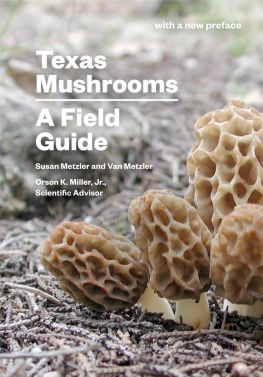
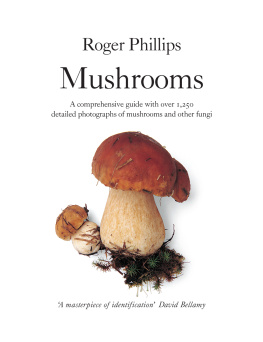
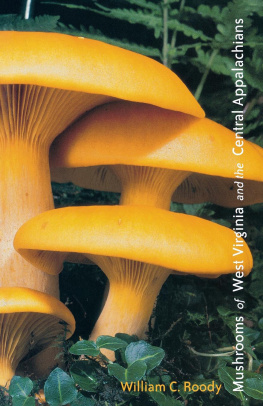


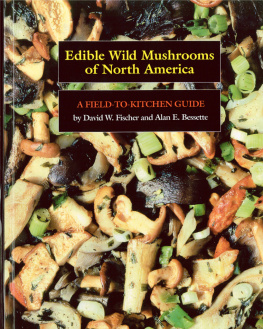
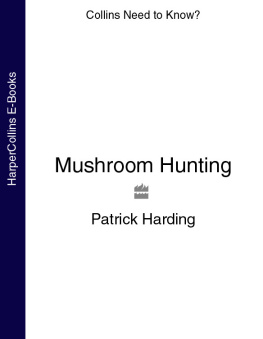

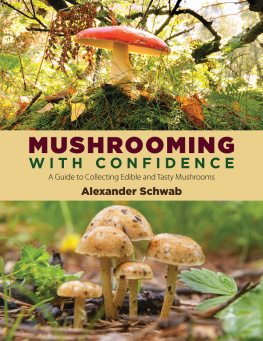

 University of Texas Press, Austin
University of Texas Press, Austin